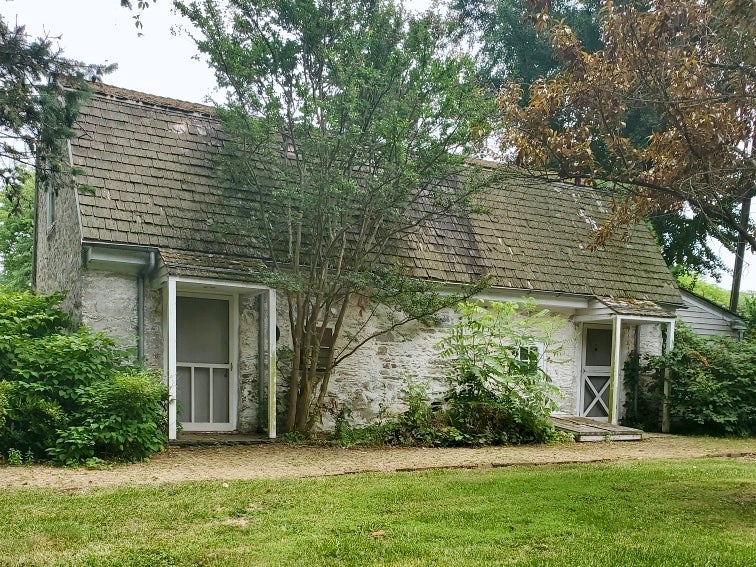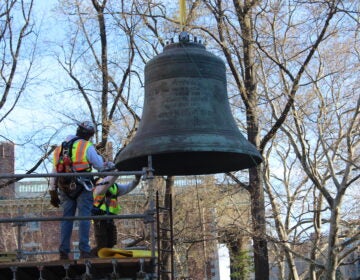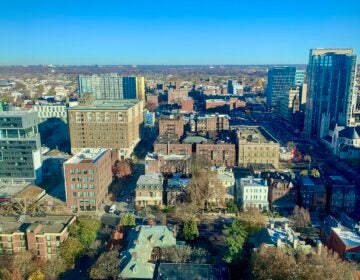The Underground Railroad stop in Philly’s Fairmount Park
In the final installment of our series "Why didn't I go there?" take a virtual tour of Belmont Mansion in Fairmount Park, once a stop on the Underground Railroad.
Listen 13:56
Boelson Cottage at the Belmont Mansion became a critical stop on the underground railroad in Philadelphia. (Provided by Belmont Mansion)
In the final installment of our series Why Didn’t I Go There? The Why co-host Shai Ben-Yaacov and his 10-year-old son Gil take a virtual tour of Belmont Mansion in Fairmount Park.
Our guide is Janice Sykes-Ross, the mansion’s director, who tells the story of how the site became a significant stop on the Underground Railroad and a critical refuge for enslaved Black people who sought freedom in Philadelphia.

Hear the whole story on The Why
Interview highlights
On the origins of Belmont Mansion
In 1742, an English loyalist named William Peters brought the Belmont from the Penn family right before the Revolutionary War began. And because William Peters was a loyalist, he decided to go back to England because he was loyal to the queen. He then turned the property over to his son, Richard Peters. Richard Peters became secretary
to George Washington. So the Belmont Mansion became this place that when George Washington, [James] Madison, [Thomas] Jefferson were all meeting, they would come out of the city and go up to the Belmont Mansion and dine there.
On how it became an Underground Railroad stop
Richard Peters was a judge in the city of Philadelphia. And he became the first non-Quaker member of the abolition movement. The Peters family owned slaves, and particularly he purchased and owned a slave called Cornelia Wells … She was purchased in a 1811 by Judge Peters from Thomas Morgan, and then she became an indentured slave. So Cornelia was able to actually purchase the freedom of herself, her own freedom and the freedom for her daughter, Jane.
And she was given Boelson Cottage, which … is on Martin Luther King Drive right next to the Belmont Stables, as her residence … It ended up becoming a place where runaways, when they were coming up the river on ships, would get off. And then from there, come over to the Boelson Cottage. And then from Boelson Cottage, Cornelia Wells would take them to the Belmont mansion as a place of safekeeping until they were able to either integrate into the Philadelphia society or go further north.
On how the mansion was “rediscovered”
Miss Audrey [Johnson-Thornton] was riding through Belmont Plateau area — and Belmont Plateau even back in the early 1900s as well as today is one of the sites where a lot of African-Americans like to come. So as she was driving through, she happened to look over and noticed that this building and this building was in a very decayed state. But she saw it and then she began to do research to find out more about what the building was, the significance to where it was. And then later to discover that it was also a stop, a significant stop on the Underground Railroad.
Check out the other episodes in the series! Take a tour inside The Rosenbach, Philly’s famous rare books collection. Virtually visit the vast collection of fossils inspired by another disease quarantine at the Wagner Museum. Then, check out the time capsule of “every thing it took to make America” that is the Mercer Museum.
WHYY is your source for fact-based, in-depth journalism and information. As a nonprofit organization, we rely on financial support from readers like you. Please give today.






